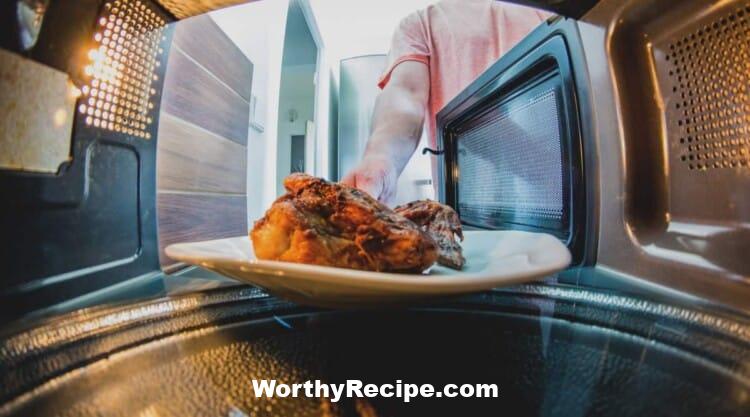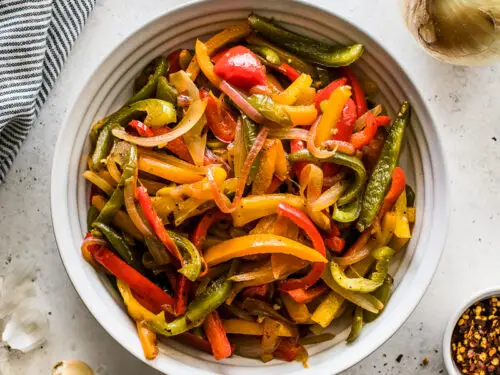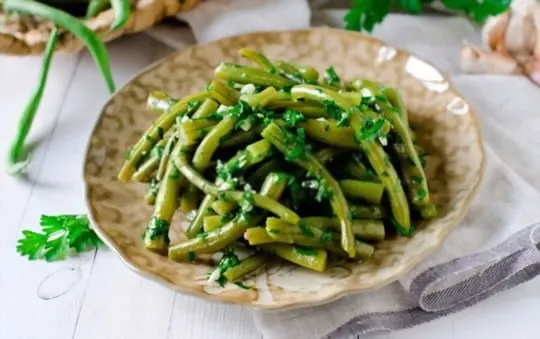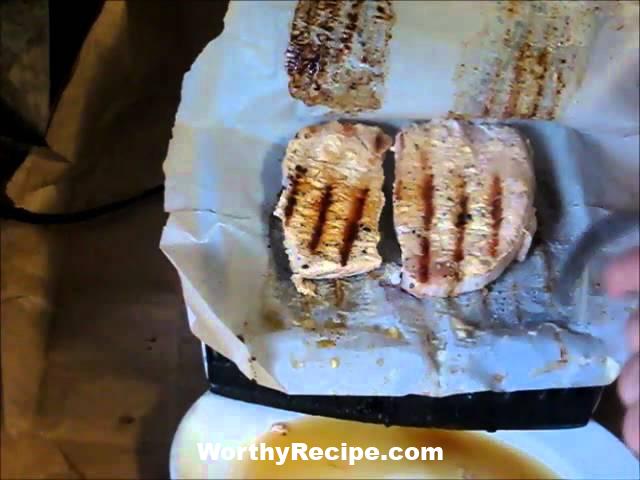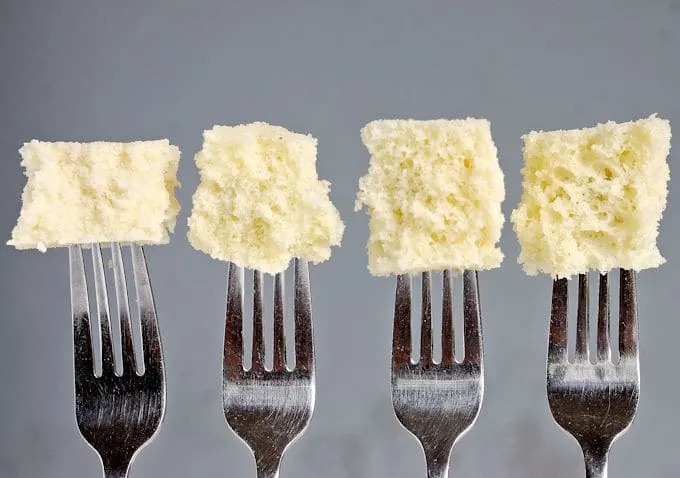How Many Times Can You Reheat Frozen Cooked Meat?
Reheating cooked meat is a necessary and convenient way to enjoy leftovers. Whether you want to have your favorite chicken or turkey dish again for dinner, or it’s just for a quick snack in the middle of the day, reheating food requires careful handling to ensure food safety and optimal quality. You might be wondering how many times you can reheat frozen cooked meat before it goes bad. In this article, we’ll explore the factors that affect the viability of reheating frozen cooked meat, understand how food changes when you reheat it, examine safety guidelines, and learn safe reheating and storage techniques.
Introduction to Reheating Cooked Meat
The practice of reheating cooked meat has been around for centuries; however, it’s only recently that there has been concern about possible dangers and problems with doing so. The primary reason for reheating frozen cooked meat is to retain its nutritional value and retain its flavor. When cooked properly, meats such as beef, chicken, pork, and fish retain most of their nutrients and flavor. There are different ways you can store your leftover meats in the freezer, but the efficacy of these methods depends on how careful you are in handling them.
Freezing is one of the most common methods for storing leftover meats. Freezing keeps bacteria from multiplying too quickly, which means the meat won’t spoil as quickly when it’s stored properly. Proper storage involves wrapping your cooked meat correctly before placing it in your freezer.
Factors Affecting the Viability of Reheating Frozen Cooked Meat
Several factors can impact the quality of frozen cooked meat when it is reheated:
- Type of Meat – Depending on what type of meat it is, certain meats have a shorter shelf life than others when frozen. For example, chicken and turkey can develop freezer burn quickly because of their delicate consistency.
- Time in Freezer – The length of time that the cooked meat is stored in the freezer affects its quality. The longer it stays in the freezer, the more it can lose its flavor and texture.
- Temperature – The temperature at which you store your cooked meat is also essential for maintaining its quality. If your freezer is not properly calibrated or too warm, it can lead to spoilage of the meat.
- Thawing Technique – If you don’t thaw frozen cooked meat properly before reheating it, this can alter the taste and texture of your food.
Certain factors will affect the safety of reheating cooked meat. Always heed these guidelines:
- Bacterial growth – Cooked meat should always be handled with care to reduce or eliminate bacterial growth that is common in raw foods.
- The danger zone – Food stored between 40°F and 140°F poses a risk for bacterial growth if left for more than two hours. It’s important to heat cooked meat to an internal temperature of at least 165°F to kill any remaining bacteria.
- Frozen meat – If you’ve left a piece of cooked meat in the freezer for too long, then it might not necessarily be safe to eat later on even if you cook or reheat it multiple times.
Understanding Food Safety Guidelines
To ensure that your cooked meat is reheated safely, adhere to these food safety guidelines:
- Storage temperature – Keep your cooked meat frozen until ready for reheating to maintain its quality.
- Safe thawing methods – Use safe thawing methods when defrosting cooked meat. Thaw the meat in the refrigerator for at least 24 hours before reheating it or use a microwave’s defrost function according to the manufacturer’s instructions.
- Cooking temperature – Cook meats at an internal temperature of at least 165°F and don’t leave them out to sit for extended periods before serving.
Understanding What Happens to Food When You Reheat It
When you reheat food, several changes occur. Protein structures begin to break down, causing a loss of nutritional value and change in texture. To avoid these negative outcomes, it’s important to reheat food properly:
- Avoid high temperatures – Do not overheat your food because doing so may result in tough, dry meat.
- Add moisture – Adding liquid (like a bit of broth) to your dish before reheating can help retain moisture and flavor.
- Microwave carefully – Be careful when microwaving frozen foods because high heat can easily cause uneven heating, leading to overcooked or undercooked spots.
How to Safely Store Cooked Meat
The outer layers of frozen cooked meat are prone to freezer burn as they lose moisture over time, leading to a change in quality. Properly storing your cooked dishes is pivotal for maintaining quality and preventing spoilage:
- Wrap well – Use high-quality freezer bags or containers to wrap your cooked meat and remove as much air as possible before storing them in the freezer. Label them with the date in which they were frozen.
- Avoid overpacking – Do not overstuff your freezer with too many items. Leave ample space for air circulation to prevent the food from getting too cold or warm.
- Keep your freezer clean – Ensure that your freezer is clean to prevent cross-contamination and bacteria growth.
Identifying Signs of Spoilage of Cooked Meat
You can identify signs of spoilage by observing changes in texture, smell, and appearance:
- Texture – A significant change in the texture of your cooked meat may indicate spoilage, e.g., Sliminess in deli meats.
- Smell – Rotten cooked meat produces an unpleasant odor, which may become persistent if left untreated.
- Appearance – Blackened spots, discoloration or crystal-like formations are signs that the cooked meat may have gone bad.
The Risks Associated with Reheating Frozen Cooked Meat
The primary risk associated with reheating frozen cooked meat is bacterial growth. Once contaminated, cooked meats can rapidly grow microorganisms that will cause gastrointestinal illnesses, among other health issues. Other related risks include:
- Prolonged Exposure to Danger Zone Temperature – When you reheat frozen cooked meat more than once, you expose it repeatedly to the danger zone temperature (between 40°F and 140°F), which can cause a proliferation of harmful bacteria.
- Foodborne Illnesses – Food that has gone bad or has bacteria growth can lead to various foodborne illnesses. Symptoms such as nausea, vomiting, abdominal pain, and diarrhea are common.
- Decreased Nutritional Value – Repeated reheating of cooked meats can lead to a loss in nutritional value because the heat breaks down the proteins, vitamins, and minerals present in the meat.
Tips for Safe Reheating and Storage Methods
Consider the following tips when reheating your frozen cooked meat:
- Avoid reheating more than once – It’s best to reheat frozen cooked meat only once because reheating it repeatedly may affect its taste and pose a risk to your health.
- Use Ideal Temperatures – Ensure that your freezer maintains an optimal temperature of 0°F (-18°C) and that you defrost your meats for up to an hour in colder water before reheating them.
- Avoid throwing leftovers away instantly – It’s okay if the cooked meat is past its initial sell-by date. You can still consume it within two or three days if stored properly.
Recipes That Freeze Well And Can Be Reheated Multiple Times
Some recipes are ideal for freezing, and you can reheat them repeatedly without losing their quality:
- Lentil Soup:You can freeze lentil soup with ease, and it tastes great when reheated.
- Taco Meat: Left over taco meat can be used to make burritos or other convenient meals for later.
- Chicken Curry:Curries thaw and reheat well, and there are so many great varieties to choose from.
Conclusion: The Importance of Safe Reheating Methods
In conclusion, reheating frozen cooked meat is a convenient way to repurpose leftovers. It’s essential to store your cooked meats properly to maintain optimal quality and avoid health hazards associated with bacterial growth. Factors such as time in the freezer, type of meat, temperature, and thawing technique may impact the food’s safety when reheating it. It’s best to adhere to safe food handling practices, including storing at appropriate temperatures, using safe thawing techniques and heating to high enough temperatures. Following these methods helps ensure that the meats you eat are healthy and safe for consumption.
How do you know if frozen cooked meat is still safe to eat after reheating?
The best way to determine if frozen cooked meat is still safe to eat after reheating is to check its internal temperature using a food thermometer. The meat should reach a minimum temperature of 165°F (74°C) in order to kill any bacteria that may have grown during storage or previous reheating.
What is the ideal number of times to reheat frozen cooked meat?
It is recommended that frozen cooked meat should only be reheated once. Each time the meat is reheated, it loses its nutritional value and quality. Moreover, multiple reheating cycles increase the risk of food poisoning.
Can you safely refreeze cooked meat after reheating it?
No, it is not recommended to refreeze cooked meat after reheating it. This is because each time the meat thaws, bacteria growth can occur, and refreezing only creates more opportunities for bacteria to grow and multiply.
What are some tips for reheating frozen cooked meat safely?
To safely reheat frozen cooked meat, allow it to thaw in the refrigerator overnight and then reheat it quickly at a high temperature. Make sure that the internal temperature reaches at least 165°F (74°C) before consuming. Avoid slow-cooking methods like microwaving as they can create hot spots that may not kill bacteria evenly throughout the meat. Finally, always store leftover cooked meats in airtight containers in the freezer for no more than three months.
